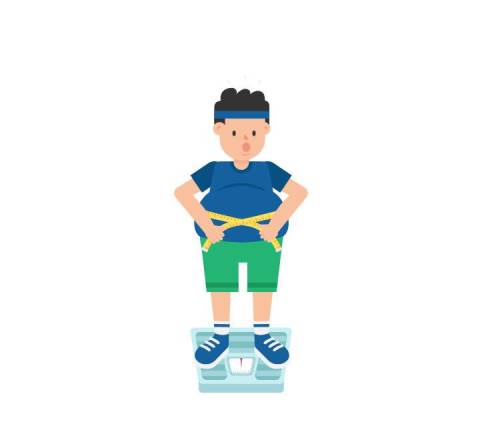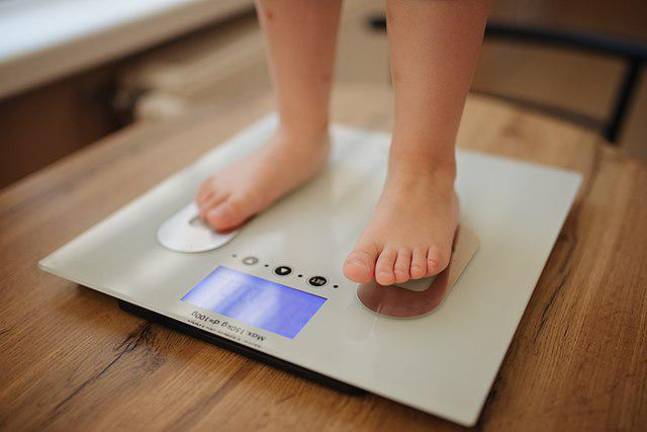Weighing Your Options on the Bathroom Scale


What you weigh and how you measure it has long been a concern for health experts. One useful guide to healthy poundage is the BMI, short for body mass index. This tool uses a height and weight ratio to produce a number which tells you whether you’re underweight, a healthy weight, overweight or obese. The BMI has been around for over 100 years but as Medical World News recently reported, its got some serious flaws: it does not measure overall fat or lean tissue (muscle) content nor does it incorporate age into the formula.
Still it is widely used by researchers and health experts alike who employ a simple ratio to figure out your number: Your weight (in pounds) divided by your height (in inches squared). A BMI of 18.5–24.99 means you’re at a healthy weight; a BMI of 25–29.99 means you’re overweight; a BMI of 30–39.99 or more means you’re obese and a BMI of 40 or more means morbidly obese.
If your weight falls into any of the latter three categories, it can send one scrambling for a scale. And therein lies a whole new question of how to figure out if your bathroom scale actually produces accurate numbers.
The perfect bathroom scale is the one that shows you weighing 10 pounds less than you did yesterday when you started your new diet. If your scale does that take it back to the store: It’s broken.
A healthful diet (and a good scale) shows a weight loss of about 1-2 pound a week. Even then, home scale are only approximate guides, In 1999 when Consumer Watch tested various home models, the results ranged up to 4 pound off the testing person’s actual weight, but a bathroom scale comes within 0.5 – 1 pound of your real weight is considered okey-dokey.
The big question is how often should you weigh yourself? Weight loss gurus usually say once a week. Theoretically, they’re right. Daily weigh-ins can show you going up and down and down and..well you get the picture. But human nature demands to know what’s happening and after a while, so long as you stick to your weight loss plan, weigh yourself at the same time every day and in the same amount of clothes (or lack thereof), the progression should be mostly down.
Cleveland Clinic dietician Maxine Smith calls consistency key. She notes that the best time to step on the scale is first thing in the morning after you’ve gone to the restroom but before you eat or drink anything. If you settle on a once-a-week weigh in, the best choice is Wednesday or Friday. As Smith explains, “Many people have a different routine on the weekends, eating more, drinking more, and snacking more. They might eat out more, drink alcohol or snack more. Friday on the other hand, is likely to follow four days of consistent activity and eating.” “
Although you’re looking for a pound number, many modern scales are keyed to our increased information age, with the ability to measure your body fat percentage, muscle mass. Some can even send the info to your smart phone although since your standing right there you can simply look down and see numbers for yourself. Whichever scale you pick, diet gurus such as Cleveland clinic offer five steps to success.
Step 1. Put your scale on a hard flat surface so it doesn’t rock and roll when you step on. Tilting your scale or placing it on carpet can result in an inaccurate reading
Step 2. Strip and weigh yourself first thing in the morning before showering. Yes, some weight charts list weights with clothes and shoes, but you want the lowest possible number, right? As for that shower, as nutritionist Keith Kantor tells it, “Your skin is the largest organ in the body and absorbs fluid easily. After a swim or a shower, your body can absorb 1 to 3 cups of water, increasing your true weight by a few pounds.”
Step 3: Adjust the scale. For a spring scale turn the dial until the indicator hits 0. For an electronic scale, turn it until the 0 appears.
Step 4: Test the scale. Step on/Step off. Did the indicator go back to 0? If not, adjust and start again. Evenly distribute your weight by standing tall and still on the scale with both feet firmly and equally apart. For the most accurate readings, do this barefoot.
Step 5: Read the result. And weep. Or celebrate.